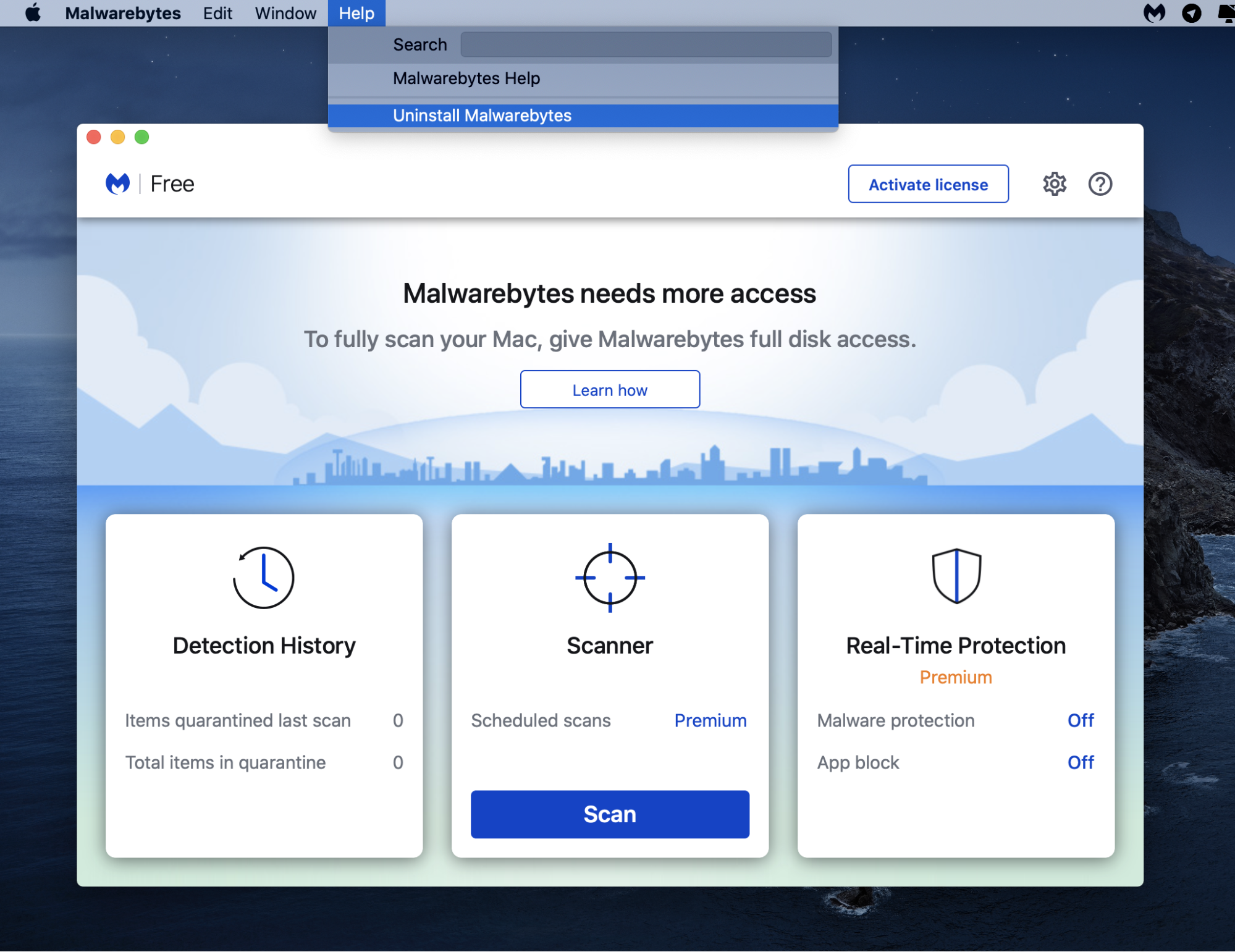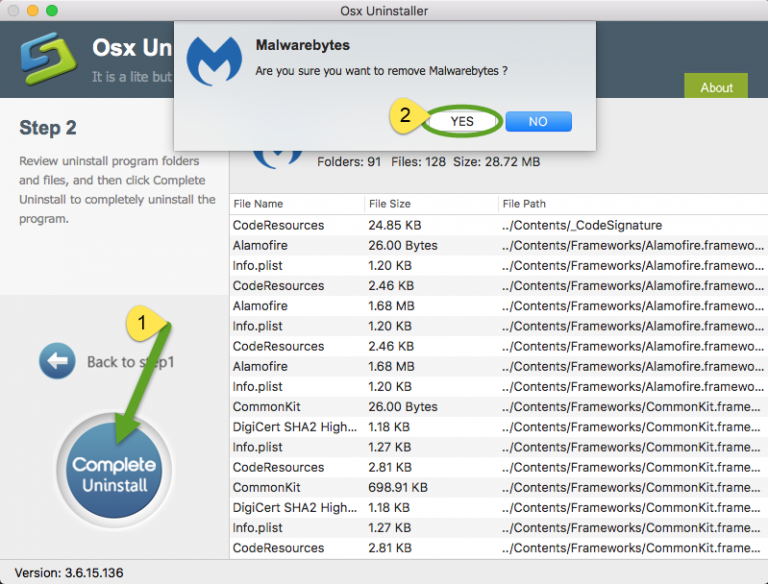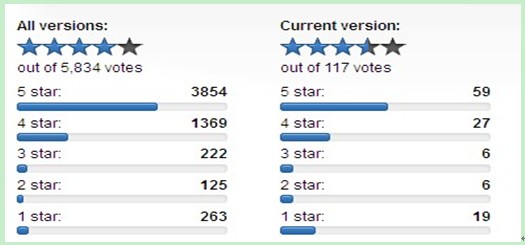

Each of these behaviors would increase the likelihood that it is ransomware. Our guess is that it is behavior-based and/or has different signals that it uses to give it’s monitored programs a score (for example, it connects to a foreign IP address AND it traverses directories AND attempts to make registry changes AND attempts to delay execution AND attempts to connect to TOR2Web services AND attempts to launch at startup). It is not signature-based, and Malwarebytes states that it is not heuristics-based. It also alerted us that the virus was quarantined at this point. Much like CryptoDefense, it does not stop the ransomware dropper samples from downloading the actual encrypting virus payload, but it did render the executable inert on the approximately 30% of samples that it did catch. We ran the latest CryptoWall 4.0, the ECC-encrypting TeslaCrypt, and a few others notable ransomware samples.


Please note that Malwarebytes AntiRansomWare is an alpha-quality tool, which means that only IT people should be testing it, and only in a test environment. not virtualized) Windows 7 64-bit computer, and threw a couple of ransomware infections at it. We tested this tool in our office with a physical (eg. Malwarebytes Anti-RansomWare (MBARW) was formerly known as CryptoMonitor from EasySync software until they were acquired by Malwarebytes.


 0 kommentar(er)
0 kommentar(er)
